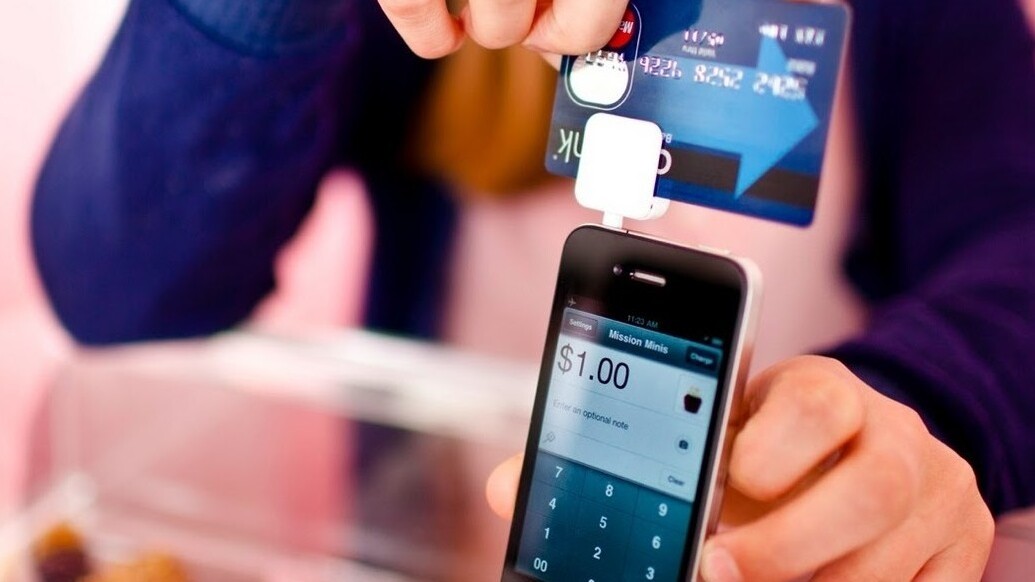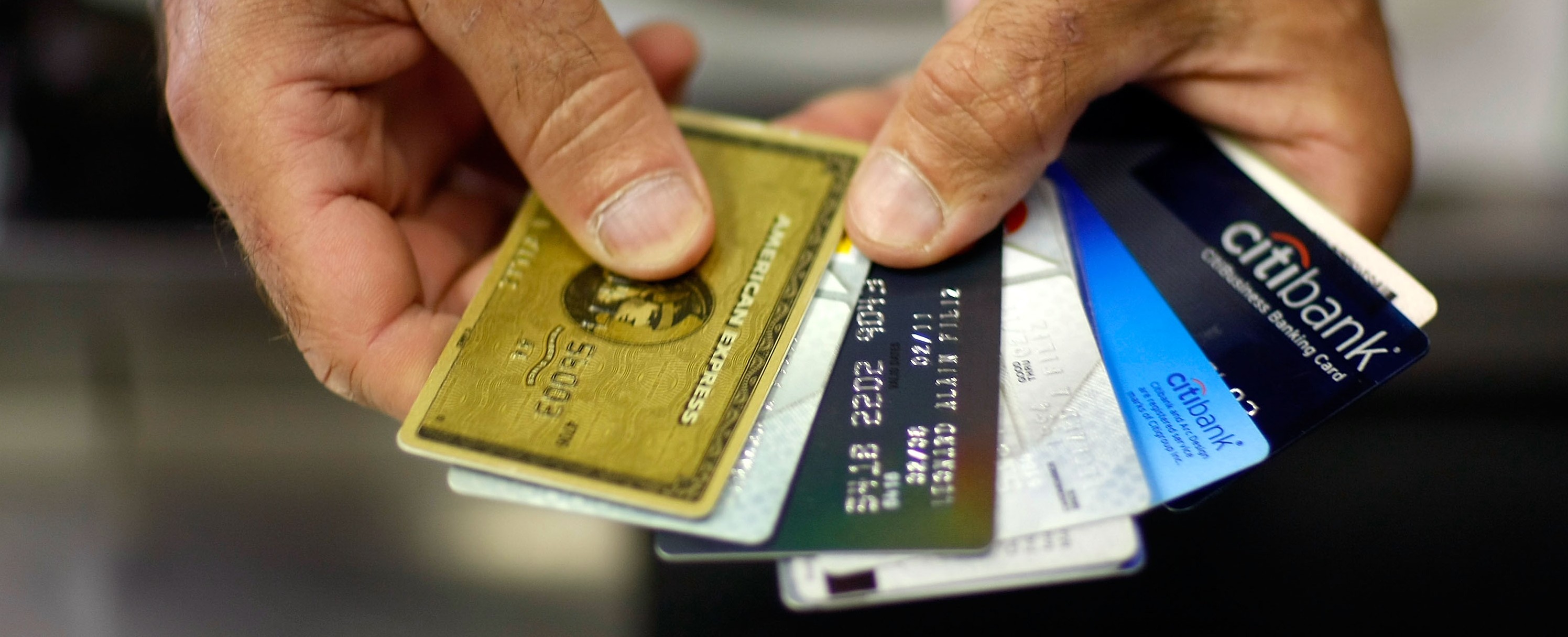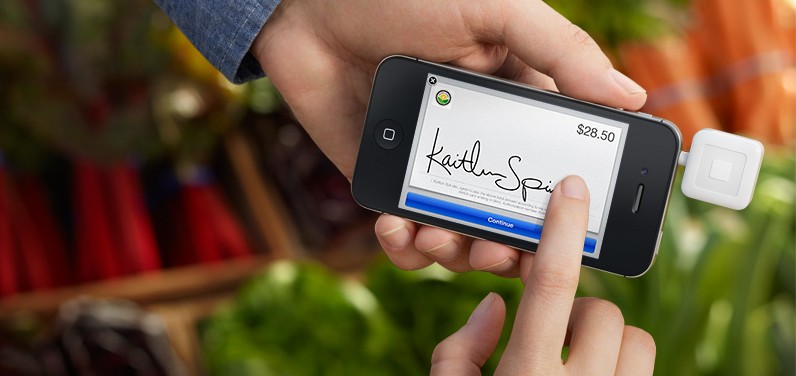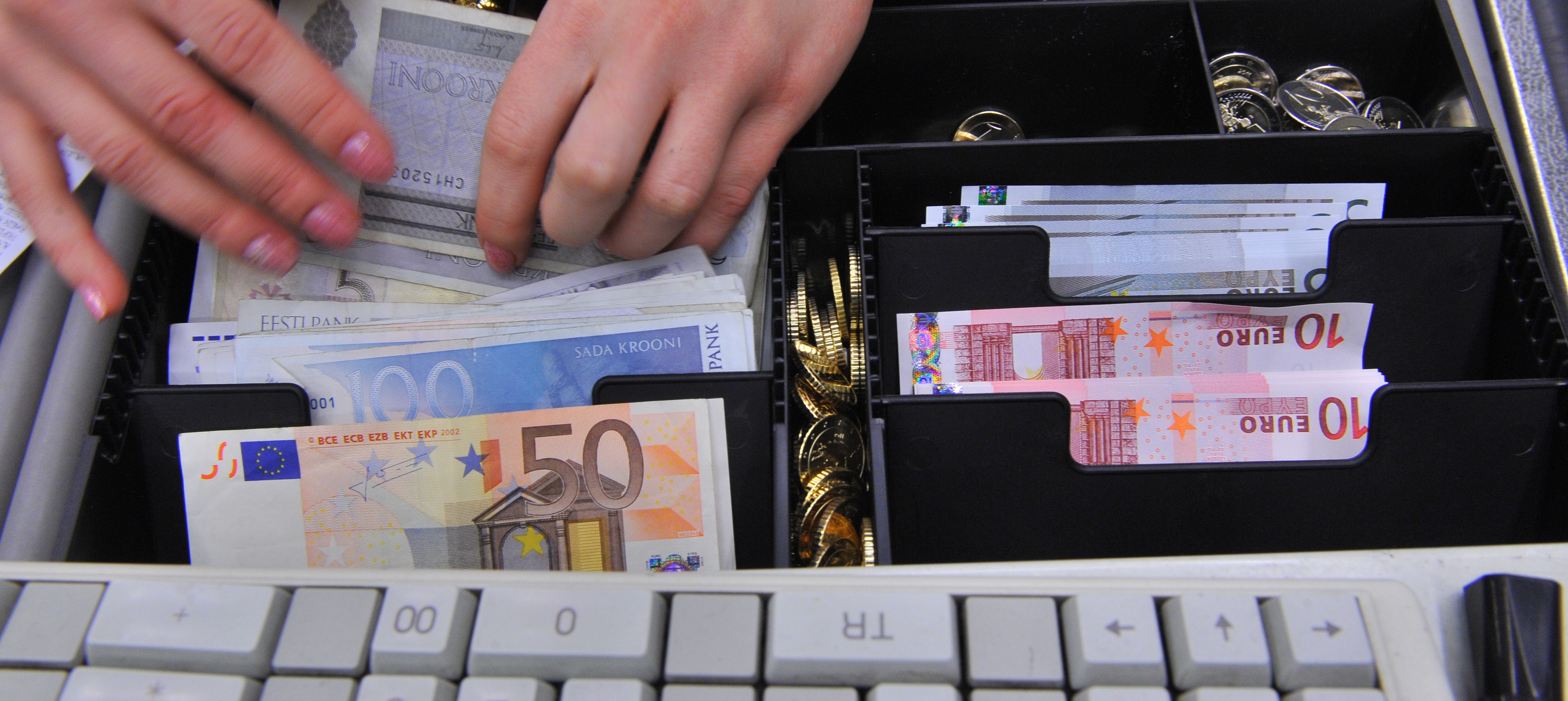
The mobile payment scene has been very active this year with many new services entering to compete against PayPal. One such service is Square and it is closing out 2012 with a remarkable year. The company took stock at what it’s accomplished in the industry and will be entering the new year with more than $341 million in funding, processing $10 billion annually, and its mobile card readers is for sale by more than 40,000 retailers.
The proliferation of mobile payment companies in 2012
While Square has become synonymous with mobile credit card payment processing, it’s not the only processing service in town. In fact, this year has numerous companies enter with similar services. Now, consumers have choices alongside Square, including PayPal’s Here, Intuit’s GoPayment Reader, iZettle, and Google Wallet.
But it hasn’t been all good news. Earlier this month, VeriFone’s SAIL reader, which was released a year and a half ago, announced it was being discontinued because of “razor-thin margins” and “high attrition”. Interestingly enough, Square and VeriFone have had a rather contentious history and wouldn’t pass up a chance to point out the bad in their competitor’s product — VeriFone published an open letter several years ago about its competitor calling out potential security flaws in the Square card reader.
At the time, VeriFone’s chief executive Doug Bergeron elaborated on his company’s decision to withdraw from the mobile payment space by saying:
I think you can see evidence of other competitors’ similar experience as they shift their own business models to wallets. My belief is that the only possible survivors in this fundamentally challenging business model will be companies who might have an opportunity to provide other services to these micro-merchants.
And indeed Square has done just that.
The evolution of Square
Square’s accomplishments for the year are nothing short of astonishing:
Gift cards and the integration with Apple Passbook
Consumers can now get gift cards and redeem it at select merchants through Apple’s Passbook technology and Square Wallet, the company’s consumer-facing app. Earlier this summer, TNW’s Matthew Panzarino said that Passbook would be a great opportunity for the mobile payment service — and it’s now been integrated.
Square Wallet being used by more sellers
In 2011, Square Wallet was available at about 40,000 sellers in the United States. Since then, it has exploded in size with 250,000 sellers now using it.
Making it more affordable for small businesses
As most of its users are small business owners, independent contractors, or freelancers, finding a way to make the service more convenient and affordable has been an important goal for the company. To that end, this year, Square introduced a new monthly price plan so that businesses can now pay either $275 per month or 2.75% per credit card swipe.
Search and use
Just because merchants have those small card readers doesn’t mean that it will automatically be a hit. There are currently over 3 million individuals and businesses with the device (up from 1 million in 2011), but just how could the average consumer find out who accepts it? This year, Square launched an online directory to connect buyers and sellers with one another. The service can be searched by location and specific items.
Loyalty beyond the payments
This year Square began a loyalty program that allows merchants to reward its frequent customers while also providing discounts to new ones. Katie Baynes, a company spokeswoman, said that through Square Register, the company’s merchant app, the loyalty program would work seamlessly as part of the payment process. In turn, it would allow merchants to shift their focus towards building a better relationship with customers.
Gaining traction with big businesses
Small businesses have helped to shape economies and often need low-cost solutions to help it operate. But larger businesses are also looking for useful technological innovations to help not only them cut down on costs, but also make the customer experience that much better. In 2012, Square started two significant partnerships to bring its service to more consumers.
Just this month, the company began a recent partnership with luxury brand Burberry. In a San Francisco store, the brand has installed the payment readers to help facilitate transactions. It is the company’s first formal relationship with a luxury brand.
Perhaps the biggest deal Square has made happened this summer when the company announced a monumental partnership with beverage giant Starbucks. More than 7,000 outlets across the United States now accept payments through the use of Square’s Pay with Square app. Not only that, but Starbucks invested $25 million in the company and CEO Howard Schultz joined Square’s board of directors.
International expansions
Expanding to other parts of the world is something Square has been working to achieve. This year, it began making some headway into expansion by bringing its service to Canada. Any person or business with an iOS or Android device can now apply for a reader and accept credit card payments.
Co-founder and CEO Jack Dorsey has said that through it’s $200 million Series D financing round it received this year, some of it would go to assist Square in its international expansion plans. Which countries are next on Square’s roadmap? Is it going to be the UK? France? Mexico? Germany? The company hasn’t given any other specifics about its expansion plans, but a spokesperson confirmed that in 2013, the service will be available in more countries.
What is known is that there are Square-like competitors already emerging in countries outside the US, including iZettle and Payleven.
Recognition from the industry
In a clear sign of the financial industry’s recognition of Square and Dorsey, the American Banker magazine named the company’s CEO as its Innovator of the Year, praising his vision and Square’s impact on the payments space.
The publication explained the award as such:
Small businesses that never before accepted credit cards, from popcorn stands and coffee shops to PTA boards and taxi drivers, are now swiping customers’ cards through Square devices—and quietly helping the banking industry’s long war against cash in the process. An August deal with Starbucks will aggressively expand Square’s power and presence, giving its digital wallet a national foothold in one of the only stores where customers regularly pay with their phones instead of their credit cards.
Prior to the holiday season, PayPal’s President David Marcus offered his predictions for the mobile payments scene. Known as probably the biggest payments services in the industry, PayPal has also dived headfirst into the mobile scene with its PayPal: Here product. Marcus said that 2013 would bring with it more mobile cash registers, the emergence of a marriage between payments, loyalty programs, and coupon businesses, and engagement beyond the check-in.
If you look at what Square has done so far in 2012, one may believe that it may have been ahead of the curve.
Juniper Research released a report this summer that predicted that the mobile payments space will reach $1.3 trillion annually by 2017 — bolstered by the increase in the sales of physical goods by both remote purchases and near-field communication (NFC) transactions.
Square is on its way to meeting that $1.3 trillion mark itself, although it’s processing just $10 billion just this year. But it probably shouldn’t be unexpected since the company’s growth has become quite interesting — just two months ago, it was going to bring in $8 billion annually. Imagine what it could be processing in the next 4 years.
Main header image: Techaaka
Photo credit: Joe Raedle/Getty Images, Square, Alex Washburn/Wired, AIGO PAJULA/AFP/Getty Images
Get the TNW newsletter
Get the most important tech news in your inbox each week.








